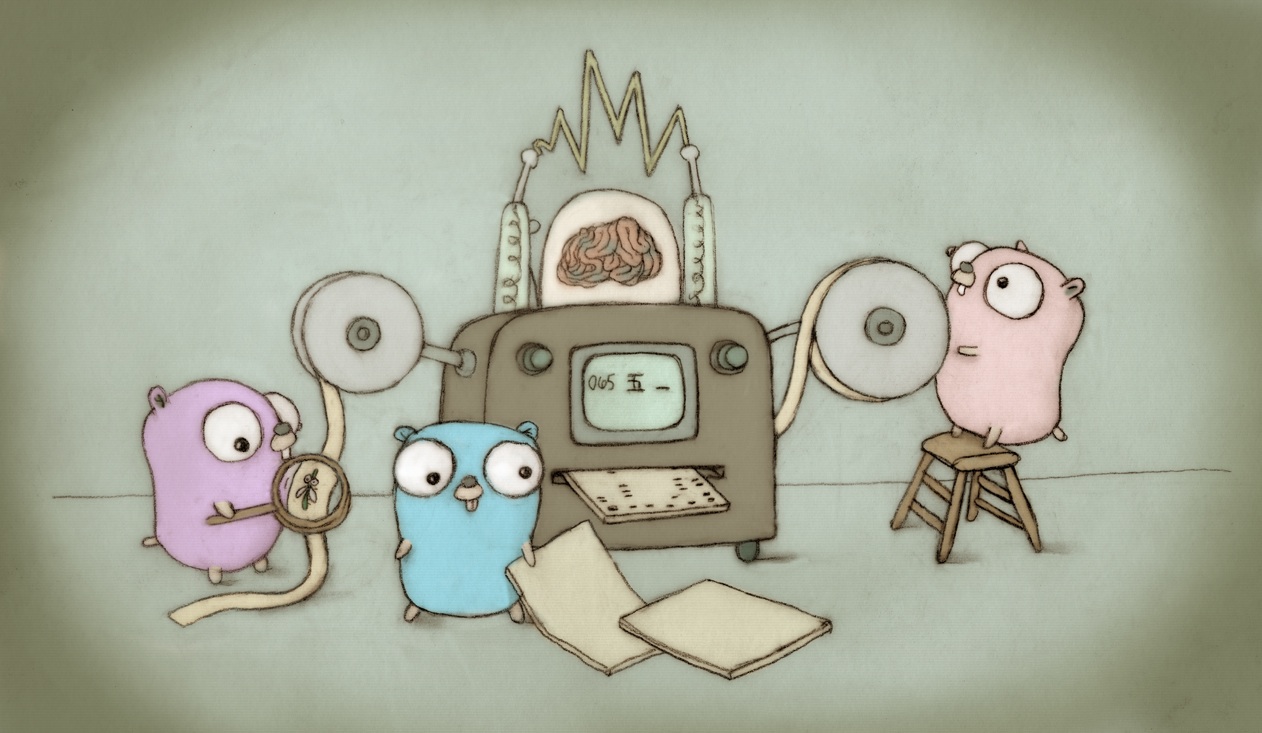Our current parallel mark algorithm suffers from frequent stalls on memory since its access pattern is essentially random. Small objects are the worst offenders, since each one forces pulling in at least one full cache line to access even when the amount to be scanned is far smaller than that. Each object also requires an independent access to per-object metadata. The purpose of this change is to improve garbage collector performance by scanning small objects in batches to obtain better cache locality than our current approach. The core idea behind this change is to defer marking and scanning small objects, and then scan them in batches localized to a span. This change adds scanned bits to each small object (<=512 bytes) span in addition to mark bits. The scanned bits indicate that the object has been scanned. (One way to think of them is "grey" bits and "black" bits in the tri-color mark-sweep abstraction.) Each of these spans is always 8 KiB and if they contain pointers, the pointer/scalar data is already packed together at the end of the span, allowing us to further optimize the mark algorithm for this specific case. When the GC encounters a pointer, it first checks if it points into a small object span. If so, it is first marked in the mark bits, and then the object is queued on a work-stealing P-local queue. This object represents the whole span, and we ensure that a span can only appear at most once in any queue by maintaining an atomic ownership bit for each span. Later, when the pointer is dequeued, we scan every object with a set mark that doesn't have a corresponding scanned bit. If it turns out that was the only object in the mark bits since the last time we scanned the span, we scan just that object directly, essentially falling back to the existing algorithm. noscan objects have no scan work, so they are never queued. Each span's mark and scanned bits are co-located together at the end of the span. Since the span is always 8 KiB in size, it can be found with simple pointer arithmetic. Next to the marks and scans we also store the size class, eliminating the need to access the span's mspan altogether. The work-stealing P-local queue is a new source of GC work. If this queue gets full, half of it is dumped to a global linked list of spans to scan. The regular scan queues are always prioritized over this queue to allow time for darts to accumulate. Stealing work from other Ps is a last resort. This change also adds a new debug mode under GODEBUG=gctrace=2 that dumps whole-span scanning statistics by size class on every GC cycle. A future extension to this CL is to use SIMD-accelerated scanning kernels for scanning spans with high mark bit density. For #19112. (Deadlock averted in GOEXPERIMENT.) For #73581. Change-Id: I4bbb4e36f376950a53e61aaaae157ce842c341bc Reviewed-on: https://go-review.googlesource.com/c/go/+/658036 Auto-Submit: Michael Knyszek <mknyszek@google.com> Reviewed-by: Michael Pratt <mpratt@google.com> LUCI-TryBot-Result: Go LUCI <golang-scoped@luci-project-accounts.iam.gserviceaccount.com>
The Go Programming Language
Go is an open source programming language that makes it easy to build simple, reliable, and efficient software.
 Gopher image by Renee French, licensed under Creative Commons 4.0 Attribution license.
Gopher image by Renee French, licensed under Creative Commons 4.0 Attribution license.
Our canonical Git repository is located at https://go.googlesource.com/go. There is a mirror of the repository at https://github.com/golang/go.
Unless otherwise noted, the Go source files are distributed under the BSD-style license found in the LICENSE file.
Download and Install
Binary Distributions
Official binary distributions are available at https://go.dev/dl/.
After downloading a binary release, visit https://go.dev/doc/install for installation instructions.
Install From Source
If a binary distribution is not available for your combination of operating system and architecture, visit https://go.dev/doc/install/source for source installation instructions.
Contributing
Go is the work of thousands of contributors. We appreciate your help!
To contribute, please read the contribution guidelines at https://go.dev/doc/contribute.
Note that the Go project uses the issue tracker for bug reports and proposals only. See https://go.dev/wiki/Questions for a list of places to ask questions about the Go language.